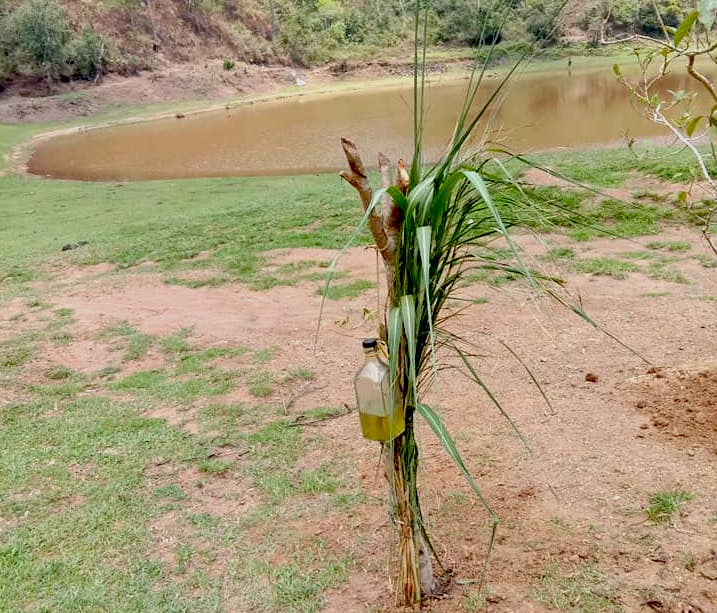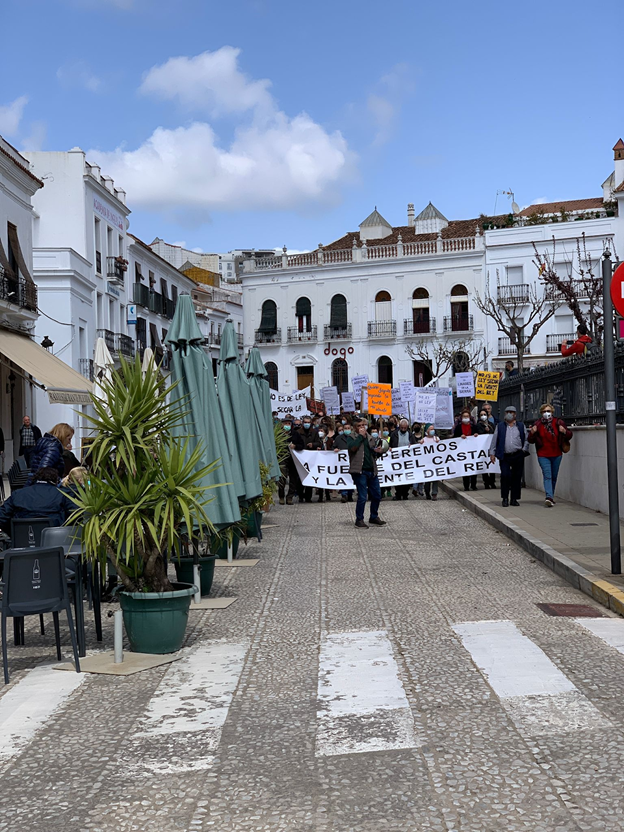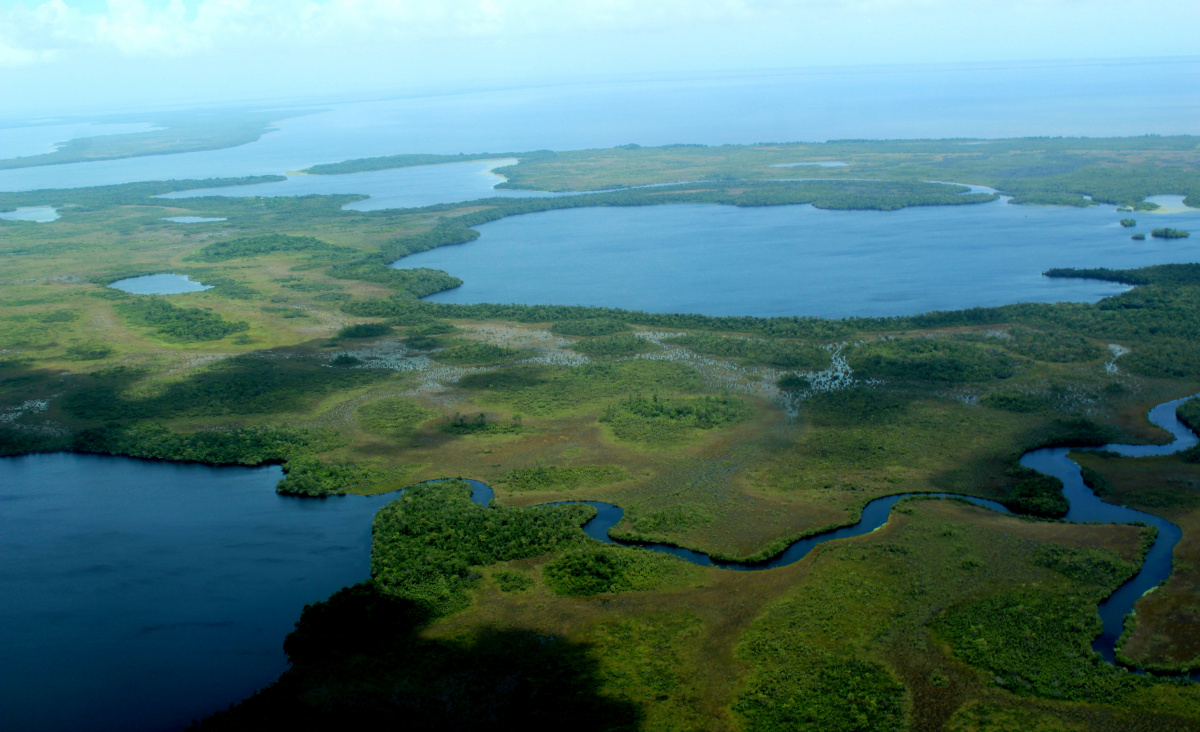"Kasiyanna"- an Indigenous Community coping mechanism for disasters like pandemics
CEESP News - by Minnie Degawan, activist for Indigenous Peoples’ rights from the Cordillera, Philippines and Director of Conservation International’s Indigenous & Traditional Peoples Program
Four months into the worldwide crisis brought about by COVID-19, the situation of indigenous peoples is slowly coming to light, with reports coming from different indigenous peoples' organizations. Indigenous peoples are particularly challenged due to realities such as living in remote areas with difficult access to adequate medical services, the susceptibility of indigenous communities to infectious diseases due to their lower immunity levels, and their lack of - or limited access to - information.
Some of these realities are consequences of poor planning by national governments and others, some are the results of discrimination of, and disregard for, indigenous peoples. The impacts of many exploitative projects in indigenous territories, such as mining and mono-crop plantations, are an added threat and challenge. All of these contribute to the further marginalization and greater risk indigenous peoples face.
Coping Mechanisms
Indigenous peoples are no strangers to diseases and disasters. Through generations, indigenous peoples have established particular responses grounded in traditional knowledge, customs and practices to different circumstances affecting their communities. These are all founded on one fundamental principle – to ensure that the whole community survives.
A common response across indigenous communities is closing off the community to all. No one is then allowed to enter or exit the community until such time as it is deemed safe. Such community closures are done for different reasons. In the Cordillera, Philippines, such practice is regularly observed during the agricultural cycle. Before or after the fields are ready for planting and harvesting, the community declares ubaya/tengaw, which basically means that everyone stays at home, and no hard labor is to be done by anyone. This is a time for the community and for the earth to rest. This usually lasts for a day or two.
In times of epidemics or other disasters, the ubaya/tengaw is also declared. Rituals to shut off the community from outsiders, including bad spirits, are performed by elders, all directed at expelling whatever bad is in the community. The ubaya/tengaw is not meant just to protect the community but also outsiders who might want to visit.
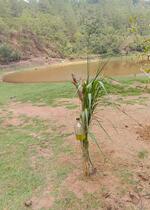 Photo: Gina Dizon
Photo: Gina Dizon
During extended community lockdowns, the traditional community practices come into effect, such as the binnadang/ub-ubbo. This can be loosely translated as 'exchange labor', where community members look out for whoever needs help, and help is extended. Food is shared by those who have more, to those who need. Also, the basic principle of ayyew is constantly practiced and enforced. It means not wasting anything, from food to water. Food that has been preserved for the rainy period, such as dried sweet potatoes, is brought out and portioned to last for the period of ubaya.
It is during the period of ubaya that one often hears the term kasiyanna, which means “all will be well”. It is an affirmation that balance will be achieved soon. To the community, problems are reflections of imbalance in the world, whether it be between neighbors, with the natural world or the spiritual world. To resolve it is to restore balance.
When the global pandemic came about, the indigenous communities did not find the idea of quarantine a strange one. When the Philippine national government imposed the quarantine measures over the country, several indigenous communities further strengthened this by declaring ubaya/tungaw in their respective communities. This declaration meant that these communities were closing their borders to everyone, including members who were in the cities at that time. It was a difficult decision but one that had to be made, to avoid proliferation of the virus. Such mechanisms are also practiced by the Karen and other groups in Thailand, as well as other indigenous peoples in Indonesia.
While on lockdown, the communities take stock of the situation to asses who from the community is still outside, where they are, and - if they plan to return to the community, what should be done for them. Are there people who are sick in the community, and what is needed? Is there enough food for all, and for how long? This information is then used by the community to better plan for the days ahead. Some communities have decided to forego the food packs being distributed by government in favor of the communities in the cities, as they recognize that the urban poor might have bigger challenges in terms of food sources.
In different parts of Asia, indigenous peoples decided to return to the forest as their defense against the pandemic. For the Orang Aslihe of Malaysia, the forest has always been their home and their source of medicines, so it is a very logical response for them to return to it during times of danger. This is true for many other indigenous peoples, such as those living in the Amazon.
 Photo: Giovanni Reyes
Photo: Giovanni Reyes
Rice terraces of the Cordillera, the foundation of the Igorots food security. Photo by Giovanni Reyes.
Particular Challenges
Unfortunately, these traditional practices of coping with pandemics and other disasters is particularly challenging for indigenous peoples, given the current threats they face from extractive industries and climate change, among others.
The conversion of forests to mono-crop plantations, or to logging and mining concessions, means less agricultural lands for communities. In addition, the introduction of fast-growing, input-dependent, genetically modified plant species have compromised the productivity of the community lands. Climate change, too, has impacted the agricultural cycle and yield. The result of these occurrences is that communities now have less food stocked, making them vulnerable to hunger if the quarantine period is longer than anticipated.
The destruction of their surroundings brought about by extractive projects adds to these challenges. Mining and logging have caused water sources to dry up, as well as contamination of traditional water sources to increase. Even the designation of forests as protected areas is a cause of concern. In the case of the Orang Asli, for example, their return to the forests has caused some groups to cry for stronger protection for endangered animal species, because they might be hunted by indigenous peoples for food. There are also calls for stronger implementation of protected area rules, including keeping people from the forests.
In countries where the national government has taken on a more militaristic response, indigenous peoples are especially vulnerable. For one, some of the national policies are unclear and not readily communicated to the communities. Secondly, if and when such policies are disobeyed, the response of government if often drastic - arrest or death (in the case of violations of curfew times.) For indigenous peoples, orders to stay home and wait for the relief promised by governments is just not an option, as they are accustomed to fending for and relying on themselves.
In the case of the COVID-19 pandemic, it might be hard to get a full picture of its impacts on indigenous communities because they might not be prioritized in terms of testing. What is clear is that their ways of life are being tested.
What lies ahead
The global health crisis has proven and reinforced the need to respect and promote indigenous peoples’ rights, placing them at the center of the discussion. If only indigenous peoples' rights to their lands and resources were recognized, they would be better able to fend for themselves in times of crisis. They would not have to look to the outside for help. If only traditional resource use and management practices were respected and strengthened, there would be less destruction of nature, and perhaps less possibility for diseases to develop. These are among the most significant lessons from this global health pandemic, and it is our hope that the policymakers will do what is needed to ensure that these rights are not forgotten.
When and if this crisis is over, there will be a rush to "help" indigenous communities. It would be prudent to learn from this and to ensure that any intervention must have indigenous peoples at the center, in terms of agency and rights. It will be timely to look at policies and adjust these to reflect the situation and needs of the communities. It will be useful to also harness the knowledge and skills of the youth, who will have access to information and ways of communicating the needs of the community with the outside world. The community protocols developed should be respected and adhered to, and where possible strengthened.
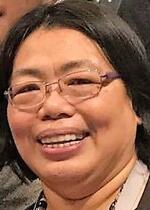 Photo: CI
Photo: CI
Minnie Degawan (Kankanaey-Igorot) is an activist for Indigenous Peoples’ rights from the Cordillera, Philippines. She is the director of Conservation International’s Indigenous & Traditional Peoples Program (ITPP).
